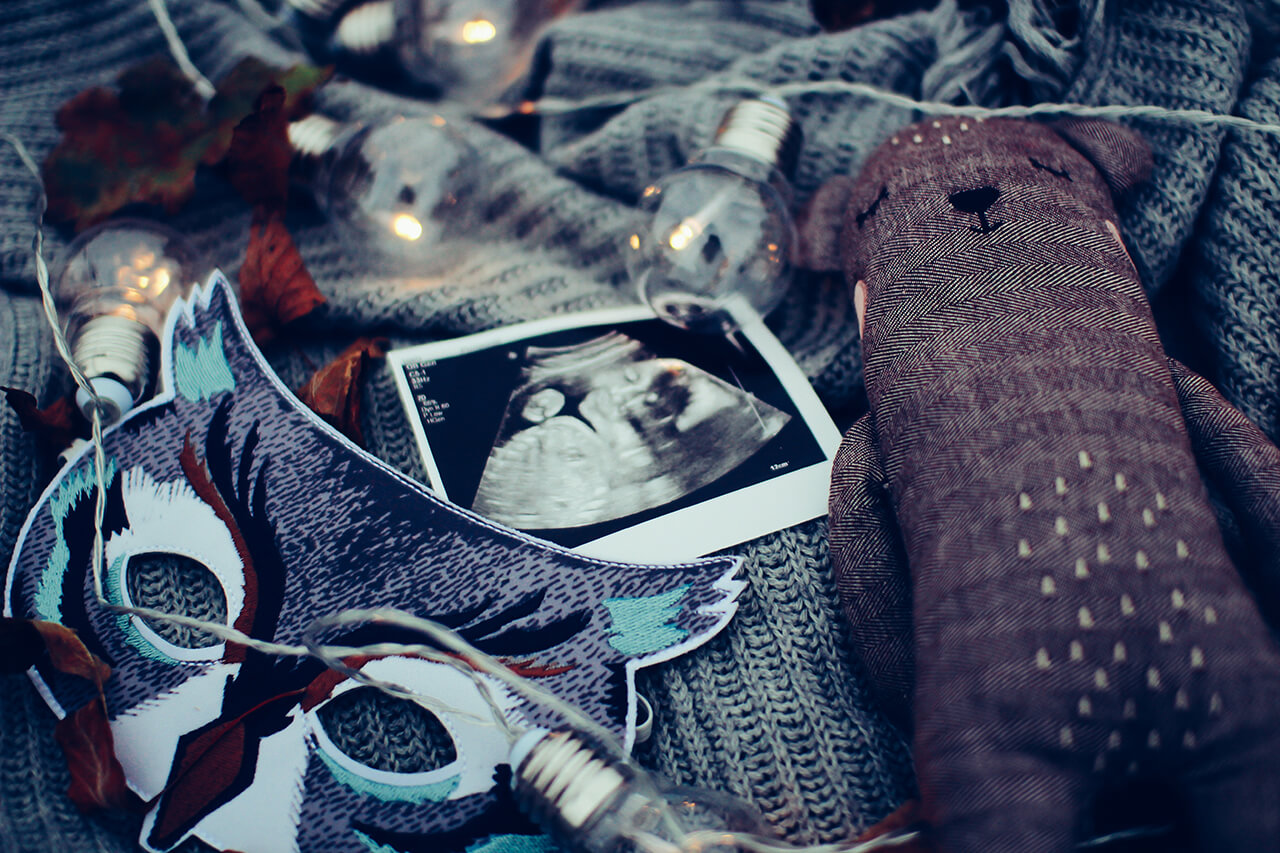What is gender and how many genders are there? These questions have existed for as long as human beings have inhabited the Earth. For a long time, gender was determined by the genitals and then more specifically by the presence of the testicles (gonads). Since chromosomes and hormones were discovered about 150 years ago, gender is now based on four components: chromosomal, hormonal, gonadal and the external sex organs. We generally talk about intersex/variations of sex characteristics when not all of the four components follow the same lines, however, there are no clear boundaries which define where inter*, male or female begin or end. Medicine is continually trying to define this. The medical definition currently encompasses a host of different diagnoses which are defined as DSD disorders/differences of sex development.
The standard approach in medicine is to describe situations in terms of diagnoses. However, the use of the word diagnosis immediately draws associations with illness; variations of sex characteristics are not illnesses. Using these terms in a non-medical context has been strongly criticised. You can find out more about this and other terms in our glossary.
This video from the TV programme Quarks shows how gender develops.
